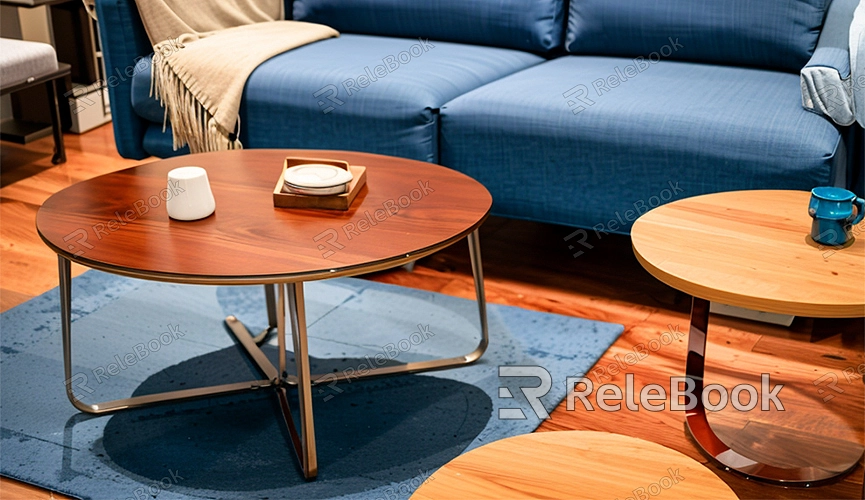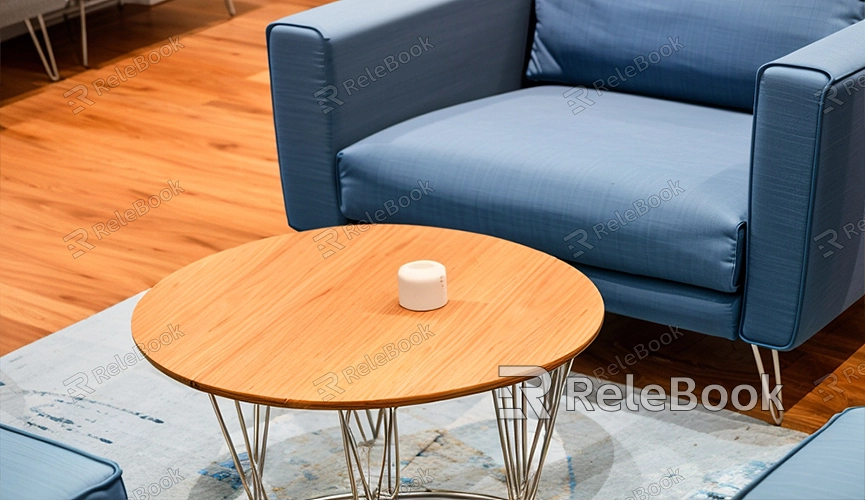Maya how to make 3d model from a picture
Maya is a powerful 3D modeling software widely used in film, gaming, and animation production. With Maya, you can transform 2D images into realistic 3D models, enhancing your creative capabilities while saving significant time and effort. This article will detail the steps to create a 3D model from a picture using Maya.
Preparation
Before you start modeling, ensure you have the following materials and tools ready:
1. Reference Image: Choose a clear, high-resolution image as your reference.
2. Maya Software: Install and open Maya, ensuring you are familiar with the basic interface.
3. Plugins and Scripts: Some specific plugins or scripts can accelerate the modeling process, such as Maya's image plane feature.

Importing the Reference Image
After opening Maya, the first step is to import the reference image. Follow these steps:
1. Create Image Plane: In Maya, go to the "View" menu, select "Image Plane," and click "Import Image." Choose your prepared reference image, and it will appear in the view.
2. Adjust Image Plane: Adjust the size and position of the image plane as needed to position it correctly in the view. This step helps with alignment and scale control during the modeling process.
Creating the Base Model
1. Use Polygon Tools: In Maya, use polygon modeling tools (like cubes, spheres, cylinders, etc.) to create the basic shapes. These shapes will serve as the initial framework for your 3D model.
2. Align Basic Shapes: Align the basic shapes to the primary parts of the reference image. This step requires iterative adjustments and observations to ensure the model matches the outline of the image.
Refining the Model
1. Add Details: Use Maya's editing tools (such as extrude, cut, and move vertices) to gradually add details, making the model more realistic and intricate.
2. Compare with Reference Image: Continuously refer to the imported image during the modeling process to ensure every detail is accurately reflected in the 3D model. This step demands patience and attention to detail.

Applying Textures
1. Create UV Map: Once the model is complete, create a UV map. UV mapping is a technique that projects a 2D image texture onto a 3D model. In Maya, use the "UV Editor" tool to unfold the model's UV map.
2. Import Texture: Import the image as a texture into Maya and apply it to the model’s UV map. This step allows the model’s surface to display the details and colors from the image.
Adjusting and Optimizing
1. Check the Model: After modeling and texturing, carefully check the model to ensure there are no misalignments or distortions.
2. Optimize the Model: Use Maya’s optimization tools (such as reducing polygon count and merging vertices) to optimize the model, balancing detail preservation with computational efficiency.
Rendering and Exporting
1. Set Rendering Parameters: Before rendering, set the rendering parameters (such as lighting, shadows, and reflections) to achieve realistic effects.
2. Render the Model: Use Maya's rendering engine (like Arnold or Mental Ray) to render the model and save the rendered result.
3. Export the Model: If you need to use the model in other software, export it in common 3D formats (such as OBJ or FBX).
By following these steps, you can convert a 2D image into a realistic 3D model in Maya. This process not only enhances your modeling skills but also opens up endless creative possibilities.
For high-quality 3D textures, HDRI, or downloadable 3D models to use in your modeling and virtual scenes, consider downloading from Relebook. Once downloaded, you can directly import the textures and 3D models into your project. We hope this article helps you master the technique of creating 3D models from images in Maya, bringing more inspiration and enjoyment to your creative journey.

